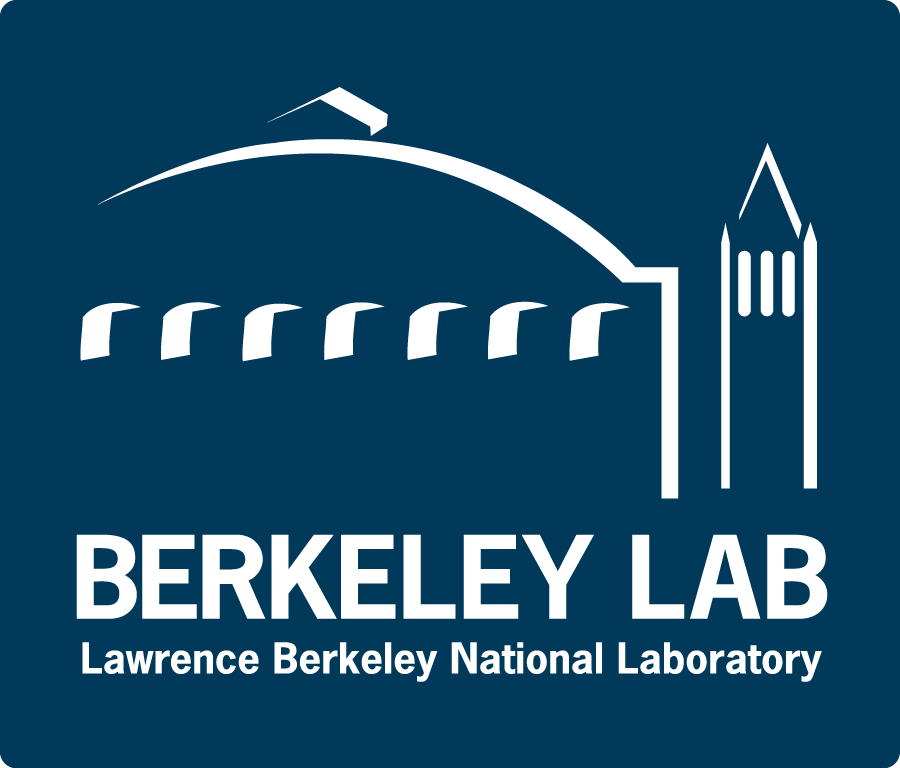UL Network
SEED Conventions
Dataset Description
The USGS Low-Frequency Geophysical dataset is comprised of timeseries data from a number of different types of experiments at various sites. Each experiment consists of one or more primary data channels (such as creep measurements) as well as other related state-of-health or environmental measurements (such as temperature, barometric pressure, and voltage measurements from various testpoints on the acquisition system or sensors).
The original USGS dataset was organized into individual channels of timeseries data. Each data channel had a unique 4 character case-sensitive name. For distribution at the NCEDC, the dataset was organized into the UL network and converted to the SEED format (Standard for the Exchange of Earthquake Data).
SEED channel identifiers
In the SEED system, each channel of data is described by 4 identifiers:
- 1. SEED Network code
- A 1-2 character string, often named for the type of data or the organization that operates the sites and collects the data. The SEED network code for the the entire USGS Low-Frequency dataset is UL.
- 2. SEED Station code
- A 1-5 character string for the geographical site.
- 3. SEED Location code
- A 2 character string, which is used by this network to classify the experiment. The first character is used to identify the type of experiment. The second character is the experiment number, since several sites have multiple instances of the same type of experiment (such as multiple strain meters at a single site).
- 4. SEED Channnel code
- A 3 character string which describes the type of data channel. The SEED channels name attempts to encodes data rate, instrument type, and orientation. The SEED channel naming convention is described in the SEED Manual Appendix A.
SEED Station convention for the UL network
The SEED station name is a 1-5 character string that names the geographic site. The UL network uses the first 2 characters to define the region, and the last 3 characters as a mnemonic name within that region. The following table describes the region prefix of the SEED site names.
| Region Prefix | |
|---|---|
| SEED station prefix | Region |
| AK | Alaska |
| CA | Miscellaneous CA sites |
| HI | Hawaii |
| LV | Long Valley, CA |
| OR | Oregon |
| PK | Parkfield, CA |
| SC | Southern California |
| SF | San Francisco, CA |
| SJ | San Juan Bautista, CA |
SEED Location convention for the UL network
The SEED location code is used by the UL network to identify the experiment. The first character is used to identify the type of the experiment. The second character is the experiment number, since several sites have multiple instances of the same type of experiment, such as multiple strain meters at a single site.
| Experiments | |||
|---|---|---|---|
| SEED Location | Experiment | Primary data channels | Auxiliary data channels |
| Cn | Creep | creep(1-n channels) | rainfall, temp, voltages |
| Mn | Magnetometer | magnetic field (1-3 channels) | temp, voltages |
| Tn | Tensor strain | strain (3 channels) | pore pressure, rainfall, voltages |
| Vn | Volumetric strain | dilatation strain | pore pressure, barometric pressure, temp, voltages, water level |
| Sn | Wire strain | strain (3 channels) | temp, voltages |
| An | Tilt | tilt (2 channels) | temp, rainfall, voltage |
| Ln | Lake level tilt | water tilt level | barometric pressure, temp, voltages, wind speed, wind direction |
| In | Long baseline tilt | interferometer tilt | temp, voltages |
| Wn | Well water | water levels | gravity, barometric pressure, rainfall, temp, voltages |
| Qn | Electric potential | electric potential | |
SEED Channel convention for the UL network
The SEED channels name attempts to encodes data rate, instrument type, and orientation. The SEED channel naming convention is described in the SEED Manual Appendix A. The following table describes the various SEED channels names used by the UL network.| SEED Channel | Description |
|---|---|
| RA1 | LCD |
| RA1 | Low Count |
| RA2 | High Count |
| RA2 | LCD 2 |
| RA6 | LCD |
| RA7 | LCD 2 |
| RAF | Tilt - Longbaseline Tiltmeter |
| RAR | Tilt Orthogonal Component |
| RAT | Tilt Parallel Component |
| RAX | Tilt Meter x |
| RAY | Tilt Meter y |
| RB1 | Creep Measurement 1 |
| RB2 | Creep Measurement 2 |
| RBE | Creep East Distance Between Rod And Piers |
| RBH | Creep High Gain Response |
| RBL | Creep Low Gain Response |
| RBT | Differential Temperature Signal |
| RBW | Creep West Distance Between Rod And Piers |
| RD1 | Atmospheric Pressure 1 |
| RD2 | Atmospheric Pressure 2 |
| RD3 | Pore Pressure 1 |
| RD4 | Pore Pressure 2 |
| RD5 | Atmospheric Pressure 1 |
| RD6 | Inverse Barometric Pressure |
| RE1 | Battery Voltage 1 |
| RE2 | Battery Voltage 2 |
| RE3 | Downhole Voltage 1 |
| RE4 | Raw Voltage |
| RE6 | Uphole voltage |
| RE7 | UPS Voltage 1 |
| RE8 | Zener Voltage |
| RE9 | Ground Voltage |
| REG | Ground Voltage |
| REI | Battery Voltage 1 |
| RF1 | Magnetic Field x Direction |
| RF2 | Magnetic Field y Direction |
| RF3 | Magnetic Field z Direction |
| RFI | Total Magnetic Field |
| RHS | Soil Moisture |
| RK0 | Temperature |
| RK1 | Downhole Thermistor 1 |
| RK2 | Downhole Thermistor 2 |
| RK3 | Downhole Thermistor 2 |
| RK3 | Uphole Thermistor |
| RK4 | Water Temperature |
| RK5 | Downhole Thermistor 3 |
| RK6 | Downhole Thermistor 4 |
| RKI | Temperature |
| RR1 | Rainfall |
| RS1 | Strain Component 1 |
| RS2 | Strain Component 2 |
| RS3 | Strain Component 3 |
| RS4 | Strain Component 4 |
| RSI | Laser Measurement Longbaseline Tiltmeter |
| RV1 | Volumetric Response |
| RV2 | Volumetric Response Amplified x10 |
| RV3 | Volumetric Response Amplified x50 |
| RV4 | Deformation of the sensing volume (high gain) |
| RV5 | Deformation of the sensing volume (low gain) |
| RV6 | Displacement of the volume of fluid |
| RY1 | High Resolution Water Measurement 1 |
| RY2 | High Resolution Water Measurement 2 |
| RY3 | High Resolution Water Measurement 3 |
| RY4 | Low Resolution Water Measurement 1 |
| RY5 | High Resolution Water Measurement 1 |
| RY5 | Low Resolution Water Measurement 2 |
| RY6 | Water Depth |
| RY8 | High Resolution Water Measurement 4 |
See the SEED channel assignments for the UL network data channels for a complete mapping of the original USGS channel names to the SEED data channel names.
Data Access
Waveform data from the UL network are available in SEED format. Several tools provide access to SEED format data at the NCEDC, both in terms of querying the archives and allowing data requests.
- Querying the archives
- Access data through NCEDC web services
Help on using these tools is available.
Several tools provide access to SEED format data at the NCEDC, both in terms of querying the archives and allowing data requests.
- Querying the archives
- Access data through NCEDC web services
Help on using these tools is available.
First-time users:
- Use the SeismiQuery program to check on the availability of UL digital waveform data.
- Use the NetDC Data Request Form to request digital waveforms from the NCEDC in SEED format or to check the availability of the UL digital waveforms.
- Use the RDSEED program to read the resulting SEED files.
The timing accuracy of the UL data is limited by characteristics of the data acquisition system system. Please read the description of the data timing carefully before you use the data.
A cleaned version of the USGS data is available from the USGS.





